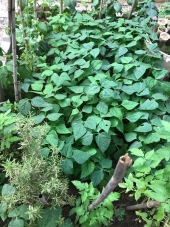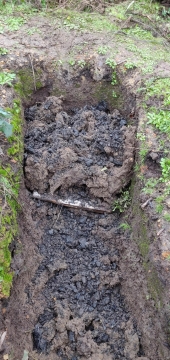





 1
1




"Study books and observe nature; if they do not agree, throw away the books." ~ William A. Albrecht




 1
1








"Study books and observe nature; if they do not agree, throw away the books." ~ William A. Albrecht





List of Bryant RedHawk's Epic Soil Series Threads We love visitors, that's why we live in a secluded cabin deep in the woods. "Buzzard's Roost (Asnikiye Heca) Farm." Promoting permaculture to save our planet.

 3
3








Western Montana gardener and botanist in zone 6a according to 2012 zone update.
Gardening on lakebed sediments with 7 inch silty clay loam topsoil, 7 inch clay accumulation layer underneath, have added sand in places.
 1
1




 3
3




![Filename: 1644C48E-5460-44D9-B18A-17322AD65DBA.jpeg
Description: Three plates full of radhis pods: I originally had them in a brown paper bag. [Thumbnail for 1644C48E-5460-44D9-B18A-17322AD65DBA.jpeg]](/t/75928/a/86268/thumb-1644C48E-5460-44D9-B18A-17322AD65DBA.jpeg)
Mandrake...takes on and holds the influence
of the devil more than other herbs because of its similarity
to a human. Whence, also, a person’s desires, whether good
or evil, are stirred up through it...
-Hildegard of Bingen, Physica
 6
6








Mandrake...takes on and holds the influence
of the devil more than other herbs because of its similarity
to a human. Whence, also, a person’s desires, whether good
or evil, are stirred up through it...
-Hildegard of Bingen, Physica
 3
3




Mandrake...takes on and holds the influence
of the devil more than other herbs because of its similarity
to a human. Whence, also, a person’s desires, whether good
or evil, are stirred up through it...
-Hildegard of Bingen, Physica

|
Could you hold this kitten for a sec? I need to adjust this tiny ad:
turnkey permaculture paradise for zero monies
https://permies.com/t/267198/turnkey-permaculture-paradise-monies
|



